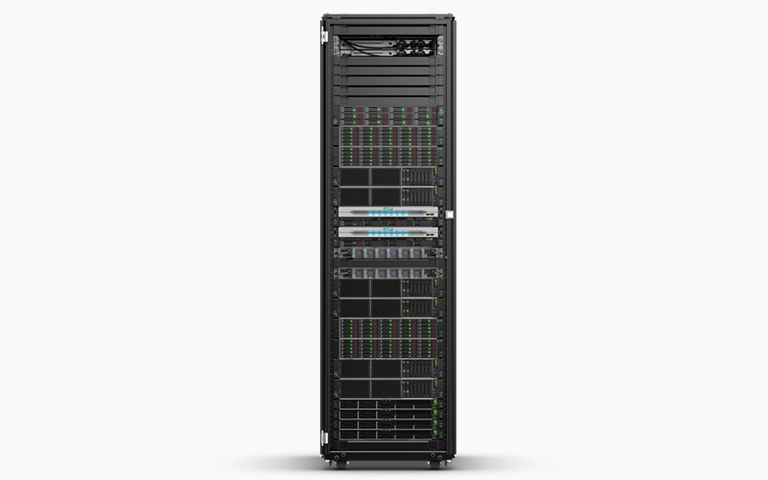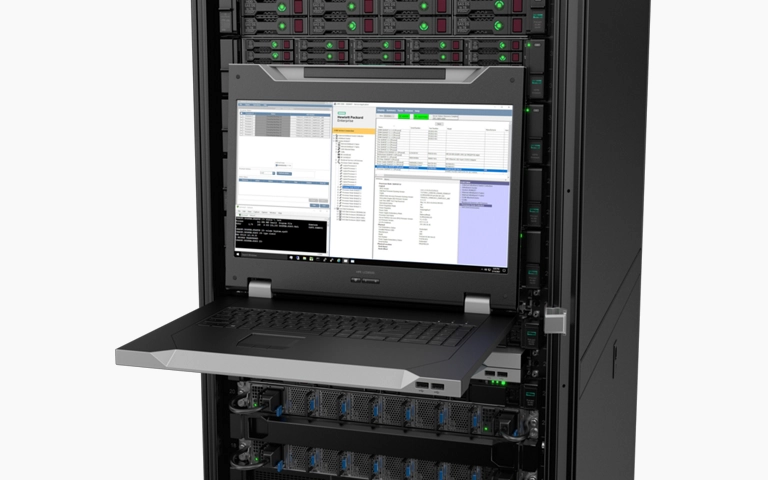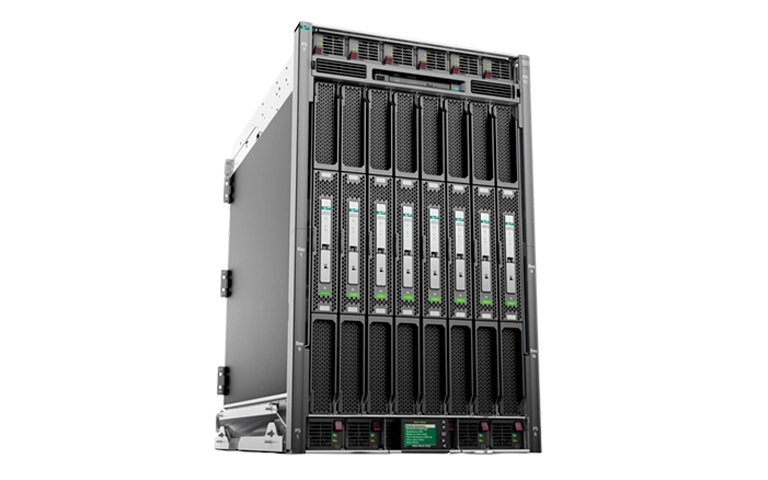The HPE NonStop NS4 X4 platform is known for its fault tolerance, high availability, and real-time data processing, making it a core system for many financial institutions. When this type of infrastructure is compromised, the impact is both immediate and severe.
In this case, an online banking provider experienced a complete system shutdown after a ransomware attack targeted their HPE NonStop server.
RAID Recovery Services was engaged for an urgent response. The recovery process required containment of the attack, malware removal, full system rebuild, and implementation of enhanced security measures to reduce future risks.
For more details on how we manage time-critical recovery scenarios, see our Emergency Service Options page.
The Rise of Ransomware in Financial Systems
Ransomware is a form of malicious software that encrypts an organisation’s data and demands payment for its release.
Within the financial sector, these attacks are especially damaging. Banks and financial service providers are prime targets due to their reliance on constant uptime, the sensitivity of client data, and the urgency to restore operations quickly.
Modern ransomware groups employ advanced tactics such as double extortion (where both encryption and data leakage are threatened), zero-day exploits, and phishing campaigns to compromise defences. Even though the HPE NonStop NS4 X4 environment is built with security and resilience in mind, it can still be breached if endpoints or internal processes are exploited.
Situation Overview: Complete Outage in a Financial System
The client’s HPE NonStop NS4 X4 server supported mission-critical functions, including transaction processing, user authentication, and internal data management.
A single phishing email triggered a sophisticated ransomware attack that encrypted essential data and disabled core services. The result was a complete outage across the banking platform, where every minute of downtime carried significant financial and operational risk.
Step 1: Emergency Response and On-Site Deployment
Our incident response specialists were deployed within hours of the initial call. Containment and forensic investigation began immediately to stabilise the environment.
Key actions included:
Isolating compromised systems to stop the spread
Capturing forensic data and system logs
Identifying the ransomware variant and entry point
Assessing the scope of encryption and evaluating backup integrity
This rapid mobilisation not only limited further damage but also gave the client immediate confidence that a structured recovery plan was underway.
Step 2: Containment and Data Validation
Our team conducted a full review of backup systems and quarantined any non-encrypted resources. Unfortunately, the most recent backups had already been compromised by the attack.
We then executed the following measures:
Extracted clean disk images from partially affected systems
Validated data snapshots using checksum verification
Preserved critical configurations and system metadata
Established secure staging environments for controlled recovery
These steps ensured that all subsequent restoration efforts were carried out using verified, uncompromised data, reducing the risk of reinfection or corruption during recovery.
Step 3: Recovery Planning for the HPE NonStop Environment
The HPE NonStop NS4 X4 architecture requires a precise and highly structured recovery strategy. Our specialists designed a tailored plan to restore the platform securely and minimise downtime.
Key elements of the plan included:
Rebuilding operating system components and the core kernel
Restoring transaction databases and middleware layers
Reconfiguring system partitions and RAID parameters
Reintegrating third-party security modules and APIs
Prioritisation was given to the most business-critical data and applications, ensuring that essential banking services could resume as quickly as possible.
Step 4: Malware Eradication and System Restoration
Using proprietary threat removal utilities, we carried out a full system cleanse and confirmed that no active malware remained within memory or storage components.
The restoration process involved:
Deploying verified OS images and secured backup data
Validating system binaries against trusted baselines
Restoring historical logs and transaction records
Conducting integrity checks across all system modules
Every restored asset was rigorously tested within a secure, isolated staging environment before being transitioned back into live production.
Fast turnaround times for business-critical data
Step 5: System Verification and Readiness Testing
Once the system was restored to operational status, we carried out comprehensive testing to validate full functionality and long-term resilience.
Testing protocols included:
Simulating user sessions under high transaction volumes
Verifying load balancing and system redundancy mechanisms
Running real-time replication tests across partitions
Confirming backup reliability and failover readiness
Every component successfully passed final quality assurance, enabling the safe restoration of full banking services to end users.
Step 6: Post-Recovery Security Hardening
Restoring operations was only the first stage, preventing future incidents was equally critical.
Security enhancements included:
Implementing real-time intrusion detection and network segmentation
Strengthening access controls with multi-factor authentication
Integrating internal and external threat monitoring platforms
Establishing 24/7 log aggregation with automated anomaly alerts
Our team worked in close partnership with the client’s IT department to enhance visibility, reduce response times, and build stronger resilience against future attacks.
Step 7: Lessons Learned and Recommendations
This recovery highlighted several important lessons for organisations operating mission-critical systems:
Even resilient enterprise platforms such as HPE NonStop remain vulnerable to ransomware if human error or endpoint weaknesses are exploited
Offsite and immutable backups are vital for ensuring rapid and secure disaster recovery
A well-defined incident response playbook can dramatically reduce downtime and streamline recovery efforts
Cybersecurity awareness among employees is just as important as robust technical defence mechanisms
Conclusion: Your Partner in Enterprise Data Recovery
Ransomware attacks continue to grow in sophistication, frequency, and financial impact. Environments such as HPE NonStop demand specialist recovery expertise, and our team at RAID Recovery Services has the skills and resources to respond effectively
From rapid ransomware recovery to proactive risk mitigation, we support enterprise clients in safeguarding their most critical data assets.
Trust the experts with proven results



